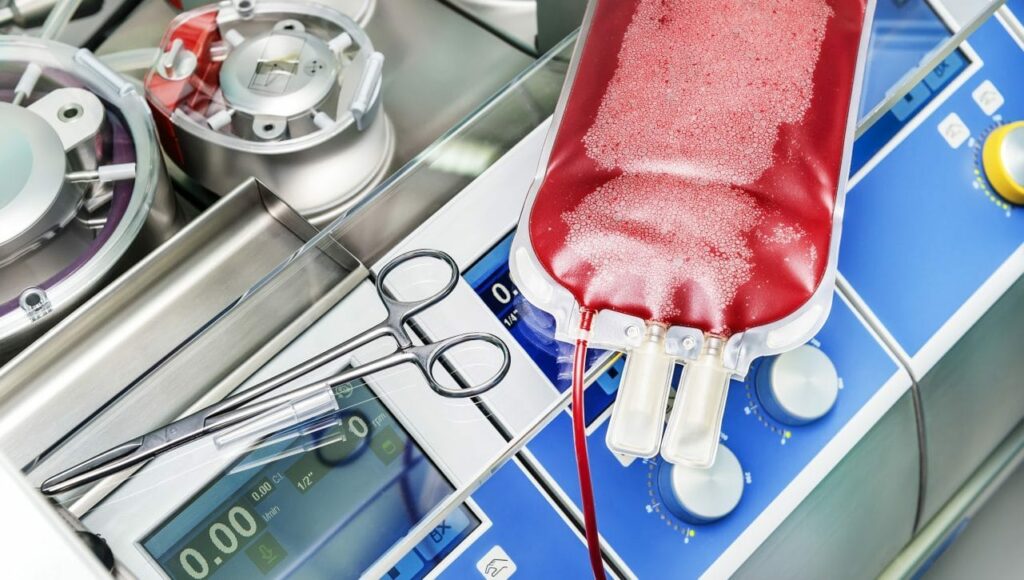The Effect of Various Blood Management Strategies on Intraoperative Red Blood Cell Transfusion in First-time Coronary Artery Bypass Graft Patients

Effective blood management during cardiac surgery requires a multifactorial effort to limit exposure to allogeneic blood products. The present study evaluated the distribution of intraoperative interventions in patients undergoing coronary artery bypass graft surgery with cardiopulmonary bypass. Records from patients undergoing non-reoperative surgery at 120 hospitals between January 2017 and December 2017 were reviewed, and red blood cell transfusion quartiles established. The 31 hospitals with the lowest transfusion rates fell into the first quartile (low transfusion group, n = 3,186 patients), while 29 hospitals with the highest transfusion were in the fourth quartile (high transfusion group, n = 2,561). A survey was sent to assess the blood management techniques: acute normovolemic hemodilution, autologous prime, fluid management, intraoperative autotransfusion, ultrafiltration, and transfusion triggers. All data are presented as mean (standard deviation). Patients in the low transfusion group had red blood cell transfusion rate of 5.5%, while the high transfusion group was 28.3%. There was no difference in gender or age. Fluid management was reduced in the low transfusion group with smaller prime volumes and anesthesia volumes, but higher crystalloid use during cardiopulmonary bypass. The low transfusion group did not use acute normovolemic hemodilution as often and had lower sequestered volumes when used. When ultrafiltration was used, the low transfusion quartile group removed more volume (1,555.9 ± 955.2 vs. 1,326.1 ± 918.9 mL, p ⩽ 0.001). In the low transfusion group, nadir hematocrit on–cardiopulmonary bypass averaged 1.6% lower and 3.0% lower for transfusion post–cardiopulmonary bypass. Intraoperative red blood cell units averaged 0.11 ± 0.50 U in low transfusion group compared to 0.63 ± 1.14 U in the high transfusion group. Mixed-effects logistic regression identified first in operating room and first on cardiopulmonary bypass hematocrit, estimated blood volume and nadir hematocrit transfusion trigger as the strongest predictors for red blood cell transfusion. Significant variation exists in the transfusion of red blood cell in coronary artery bypass graft patients undergoing cardiopulmonary bypass which may be related to the application of intraoperative blood management techniques.
